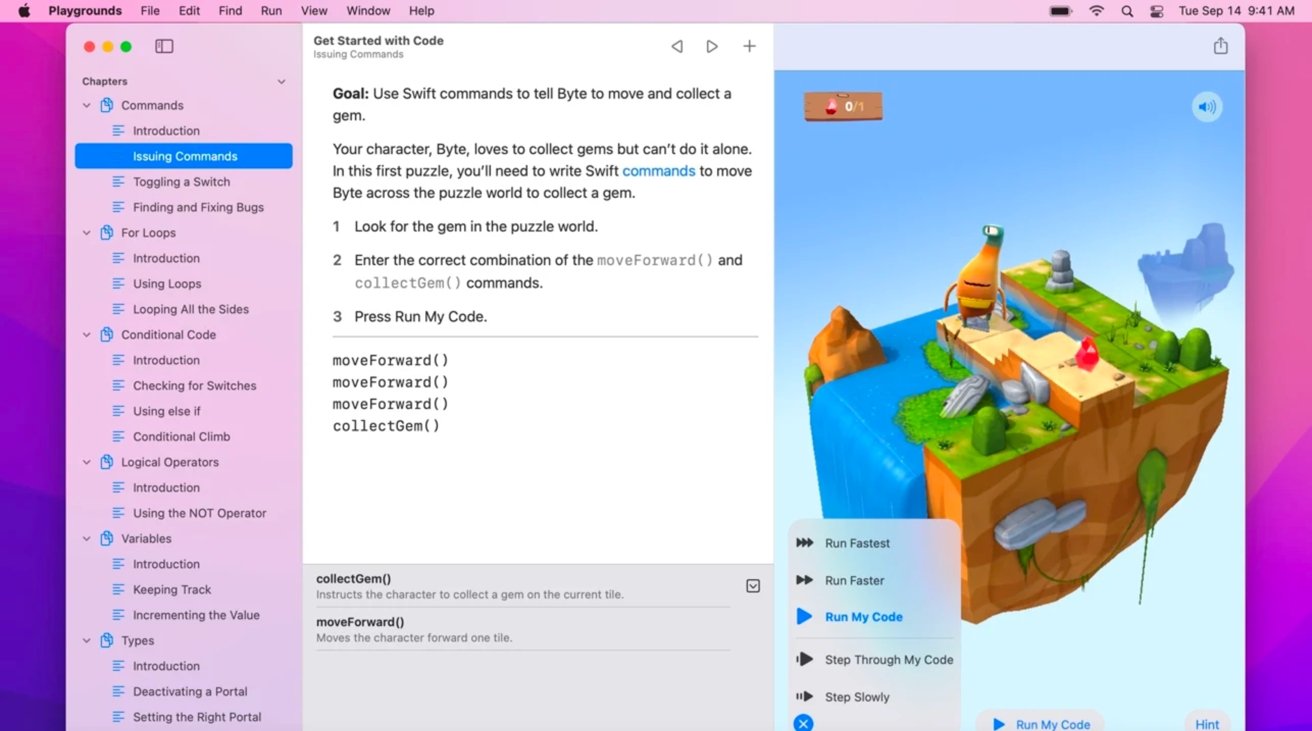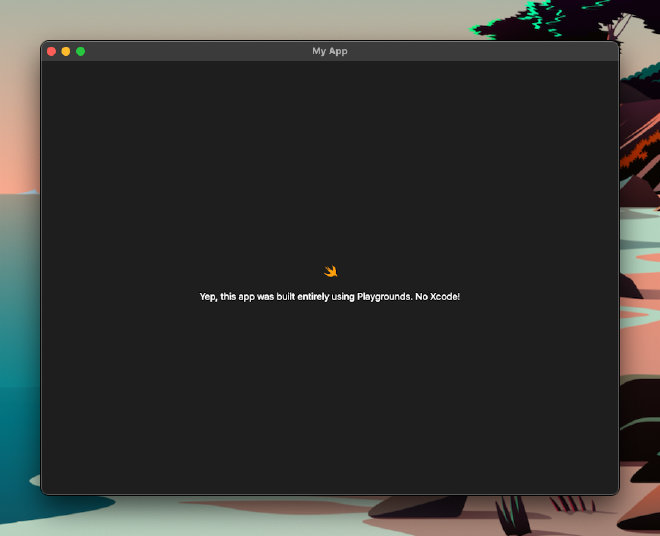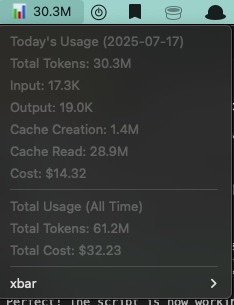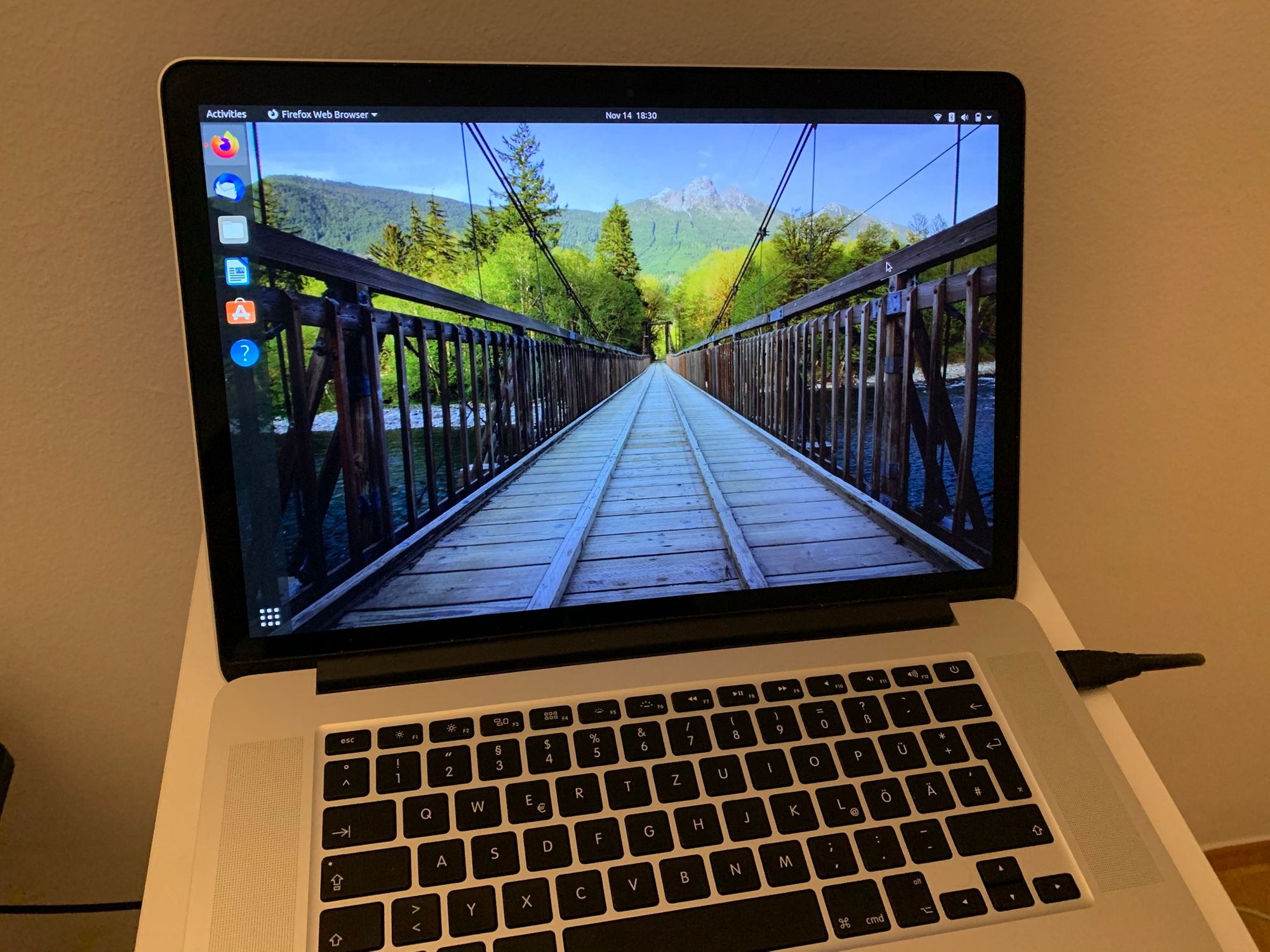
Spoiler: I honestly don’t know what I am talking about. If you came here before WWDC 2022 searching for some clues as to what Apple may be showing this year, I’m sorry to disappoint you. What I’m going to discuss here are my personal wishes and speculations.
Just a toy? #
When Swift Playgrounds appeared on the App Store a few years ago, it made no promises of ever becoming more than an interactive way of teaching Swift to beginners. I remembered talking to iOS developer colleagues at the time, most of whom dismissed Playgrounds as a nuisance - something to tinker with, but nothing even remotely close to Xcode.
Well, fast forward to last year’s WWDC, when Playgrounds 4 was given some superpowers - at least, on the iPad front. Since iPad OS 15.2, anyone with an Apple developer account could now publish apps to the App Store directly from an iPad. Naturally, a few (not many) folks have decided to try and do precisely that (with some mixed results):

This to-do list app is the first created and published with Swift Playgrounds 4 on iPad
A developer just created and published one of the first apps using Swift Playgrounds 4 on iPad, and it's called "ToDon't."
Developer experience aside, it was exciting to even give the iPad a try as a developer platform. But what about the Mac? Well, I was happy to notice that a few weeks ago, Playgrounds 4.1 arrived for macOS with the ability to build and publish native desktop apps without Xcode whatsoever!

Swift Playgrounds update adds App Store Connect integration for macOS users | AppleInsider
Apple has updated Swift Playgrounds to version 4.1, with the latest release enabling users to build Mac apps using SwiftUI, as well as new content for both macOS and iPadOS versions.
I was skeptical, and decided to give it a try. Indeed, for my limited Swift knowledge, it worked like a charm!

What am I getting at? #
Here is the thing. While I may not be right, I know one thing - it’s 2022, and if Apple wants to reach out to the next tier of developers, Xcode is not the answer. It’s monstrous, slow, and has tons of its 90’s legacy still in there. Worst of all, it hardly abides by decades of established developer practices. I have the right to say it because Xcode was the number one reason I ditched the idea of ever becoming a prolific iOS developer. And I have been programming since 1999, so I have seen one or two things throughout the years.
While Playgrounds may not be the ultimate answer, I am happy to see Apple diversify its tools portfolio. Playgrounds will likely become the first choice for many developers who want a way to develop a small app and publish it on the App Store. Most apps are not that complex anyway to require the installation of Xcode.
For those that do, Xcode will always remain an option. I hope to see a chunked-down installation process on that front. Rather than installing a single blob worth tens of GB on your machine, you should be able to select the devices and Swift (or Objective-C) versions you need, necessary frameworks, and off you go. This is how VS Code wins the masses - it comes as this tiny editor that can do little, but after adding a few extensions, it starts getting superpowers. The end effect is the same - after a few months, my VS Code setup started looking like an Xcode installation. However, I got there voluntarily, carefully choosing what I wanted in my setup and whatnot.
So, what are your biggest expectations from this year’s WWDC? Write a comment below or on Twitter.
Have something to say? Join the discussion below 👇
Want to explore instead? Fly with the time capsule 🛸
You may also find these interesting
How to Fix Stuck iCloud Syncing on macOS
What to do when your Mac won’t sync important files to iCloud.
Display your Claude Code Token Usage on Your Mac's Toolbar
A simple Python script and xbar setup to monitor Claude Code token usage directly in your macOS toolbar.
Boost Your Productivity on the iPad With Guided Access Sessions
The iPad can be a fantastic companion for productivity and creativity. It can also be your biggest source of distraction. Using the built-in Guided Access support will help you stay in focus.
How to Fix Stuck iCloud Syncing on macOS - Part 2
What to do when your Mac won’t sync important files to iCloud. A deeper investigation.
Farewell, macOS!
I’ve recently switched from macOS to Ubuntu on my MacBook from 2015. It is stable, fast, and I am already enjoying it a lot more than I have any recent version of macOS.



